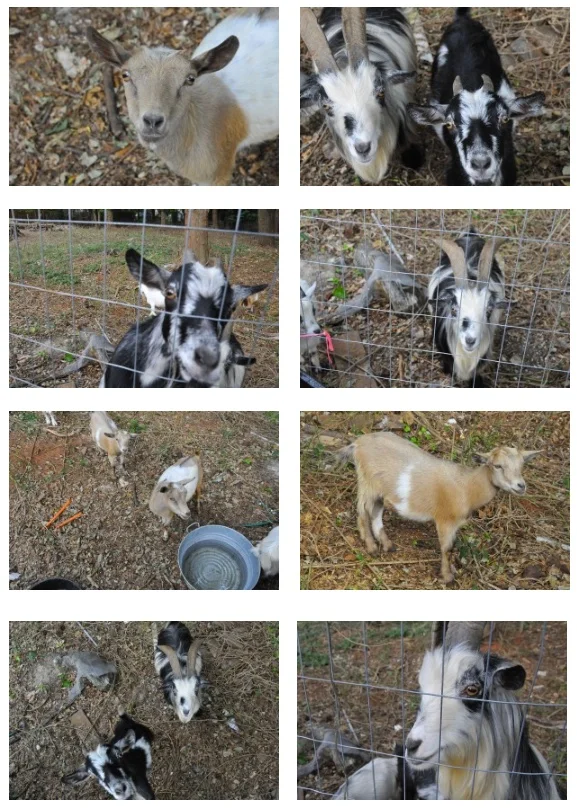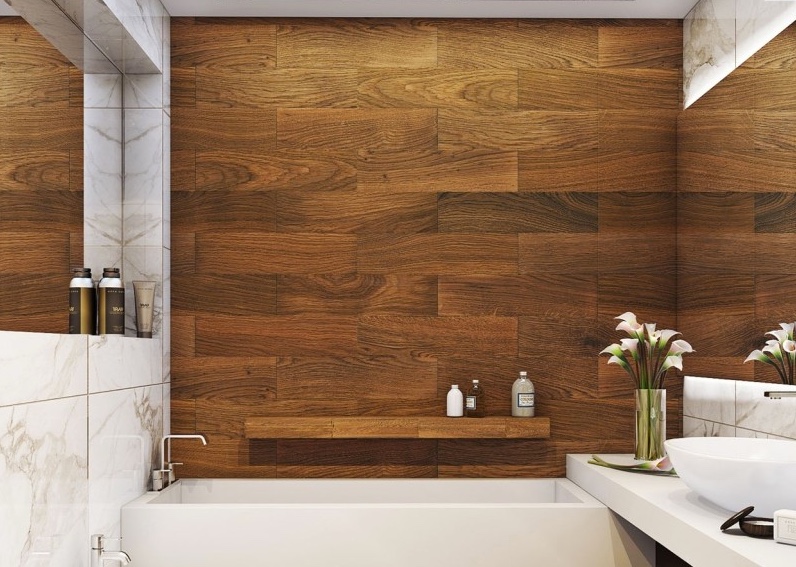In 1822 a town named after naval hero Stephen Decatur was established just south of the heavily industrialized Atlanta. Decatur’s first business district was kickstarted in 1913 by Joseph Hugley’s drug store located on the corner of East College and S Candler. Trolleys would continue to whiz back and forth from Decatur to Atlanta and foster both residential and commercial growth. Fortunately for Decaturites, the small town was far enough from the big city bustle to stave off its growing noise and pollution. Decatur, it seemed, was the perfect oasis for new families and start up shops.
One of our newest properties, 828 S Candler St was built in 1941 during this developmental boom particularly in the Oakhurst and Winnona Park Districts. This exact plot of land was included in a larger larger land parcel orginally owned by Clay Van and Carl Busch. A local worker for the Republic Steel Corporation Idwal Owen owned the home for two decades until his death in 1965. At that time his widow, Mildred, became the sole owner. In the 70’s the Bell family assumed ownership. With a rich military history and deep roots in the community the Bell family resided in the home until 2014 at which time it was acquired by PowerHouse Properties/Level Craft Construction.
Level Craft Construction is breathing new life into this very historic location. We’re transforming this depression era home into a stunning and sleek 5 bedroom, 4.5 luxury home complete with present-day southern charm and modern amenities. Located on nearly a half an acre in the much sought after neighborhood of Winnona Park—the with two car garage, open floorplan and exterior sitting and grilling porches; this home is Level Craft’s wonderfully modern interpretation of a by-gone era.
WORK IN PROGRESS PHOTOS:




















